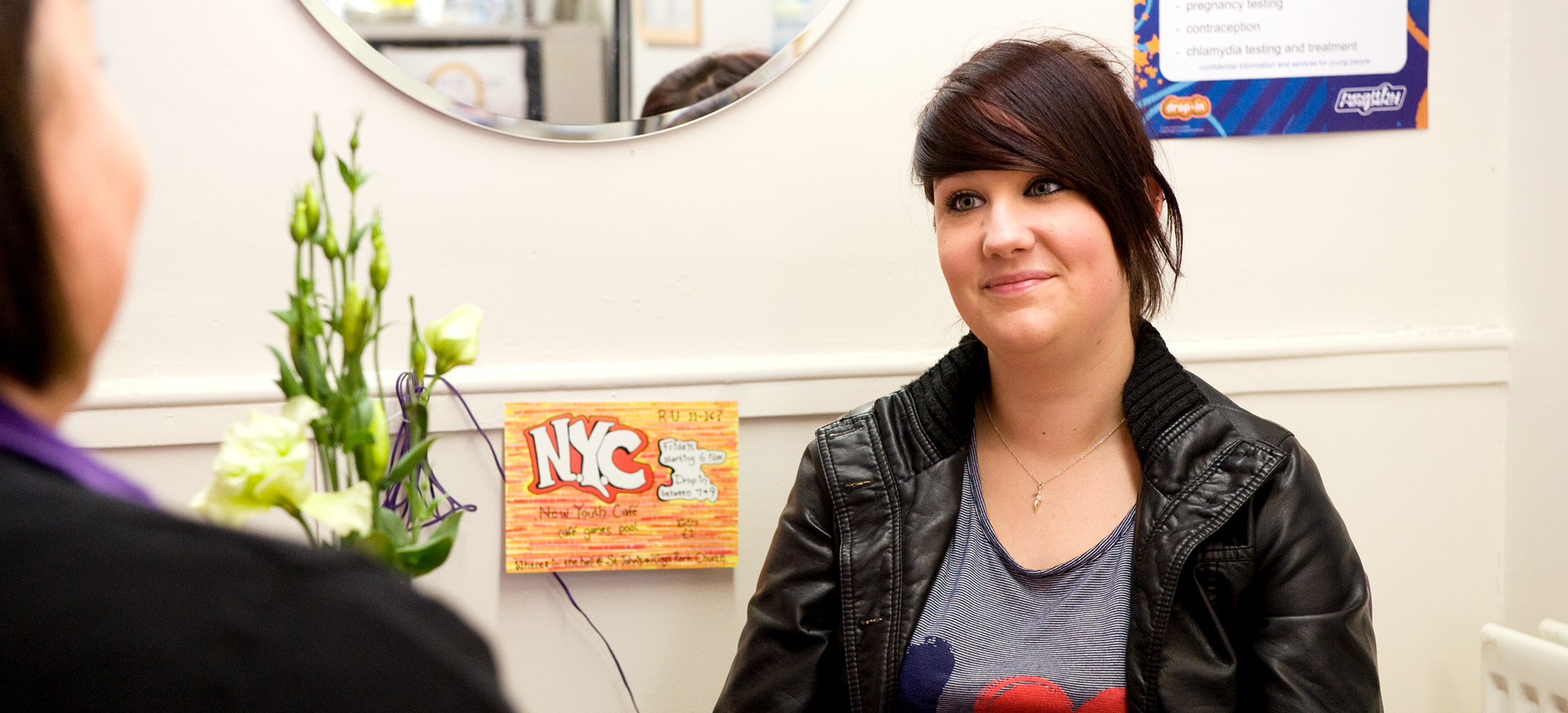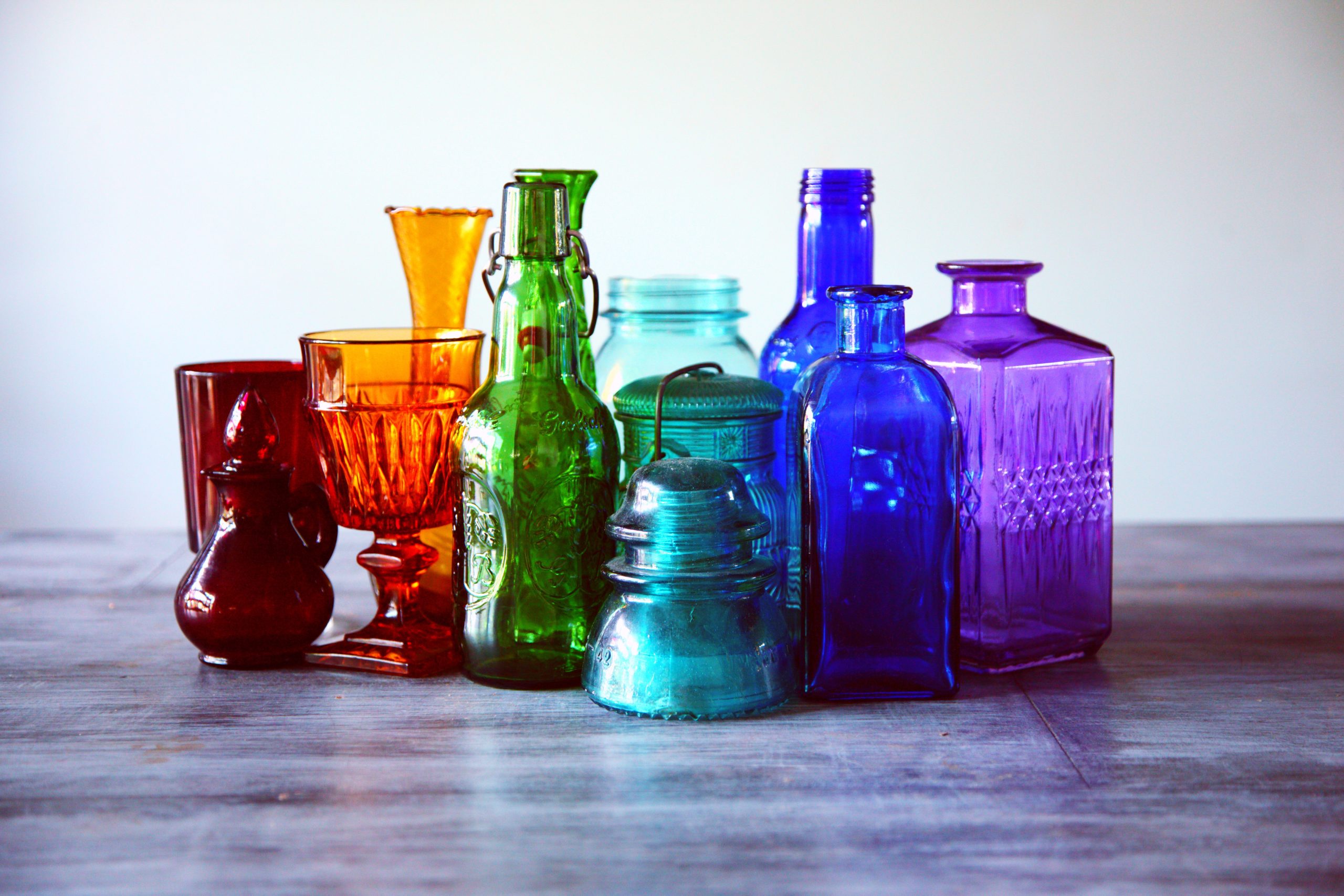An insight into one way Art Therapists work.
All of us can relate to the feelings of being completely overwhelmed by a feeling or experience. Usually this will pass after a day or two and we can understand what happened and why we felt the way we do. Sometimes though that feeling of being full-up, overwhelmed and overflowing with a feeling doesn’t pass, or we can’t make sense of what has happened. When this happens we may not be able to explain what is going on for us, why we are feeling something or even be able to name what the feeling is. Not being able to name a feeling is a whole other blog post, but it’s a pretty common thing.
One of the techniques that are used in Art Therapy is that of a container. ‘Container’ is a word that is well-known in the world of therapy. It translates to mean a safe ‘holding environment.’ Often, in art therapy, we work with the metaphor of a container with young people, discussing the different ways they “hold” their stress or their issue. Each young person’s way of containment will be something that works for them as an individual. The process of art making and the finished product both can act as a container for all sorts of thoughts, feelings and experiences.
Art therapists can use a wide range techniques to help young people find ways to use the containers in art therapy. This could be using objects like boxes, egg-cartons or bottles. The use of an existing container is a useful idea in an art therapy session as we already have that idea that its purpose is to create a safe space, protect and preserve contents.
We can look within the enclosure to explore and address feelings and/or fears, as well as experiment to see what happens when do new things with what’s in the box or if we add something else. The permutations are as variable as the people we meet with. Of course, all this is a very safe way of working with ideas and concepts that are challenging or too hard to verbalise.
The art therapist might encourage young people to create their own containers using a variety of materials. This might be clay, paper, lolly sticks, chicken wire or plaster, again using the everyday to explore each person’s individual experience. The goal is to offer materials that each young person feels comfortable with and has the possibility to allow them to express their “container” in a way that feels right for them. The making of a container can give young people a tangible item they can touch, look at and reflect upon while they process the holding needed to stay emotionally, and sometimes physically, safe.
Often, young people represent themselves with their container. The outside of their container is often decorated in such a way that reflects how a client sees themselves or how they think others see them from the outside. The inside of the box is often adorned or filled with objects that portray what a client doesn’t or won’t show to others, the feelings/emotions that they tend to hold/hide inside.
A container can also be used for young people who have difficulty keeping their fears, worries or even obsessive thoughts away. The young person has the ability to be ‘safe’ inside their container, and use that metaphor as a tool in their day-to-day lives to add a sense of protection and allow them the ability to move forward. This is especially important for Post Traumatic Stress Disorder (PTSD) survivors or a young person who has had Adverse Childhood Experiences (ACEs.)
For our therapists and counsellors, it is important to when working with trauma that young people may create a safe container for the things they are not yet ready to share. The container provides a way for the young person to create, write down or make these difficult things and then put them safely into the container. Working in this ways helps the person keep difficult things safe until they feel ready to face them more directly. Working respectfully with this is hugely important. This process can’t be sped up or hurried. When people are forced to confront their trauma before they are ready to do so it can be really painful and set their recovery back. Art therapy gives young people a safe way to ‘contain’ difficult things, which in turn helps them feel in control and feel better in themselves.






